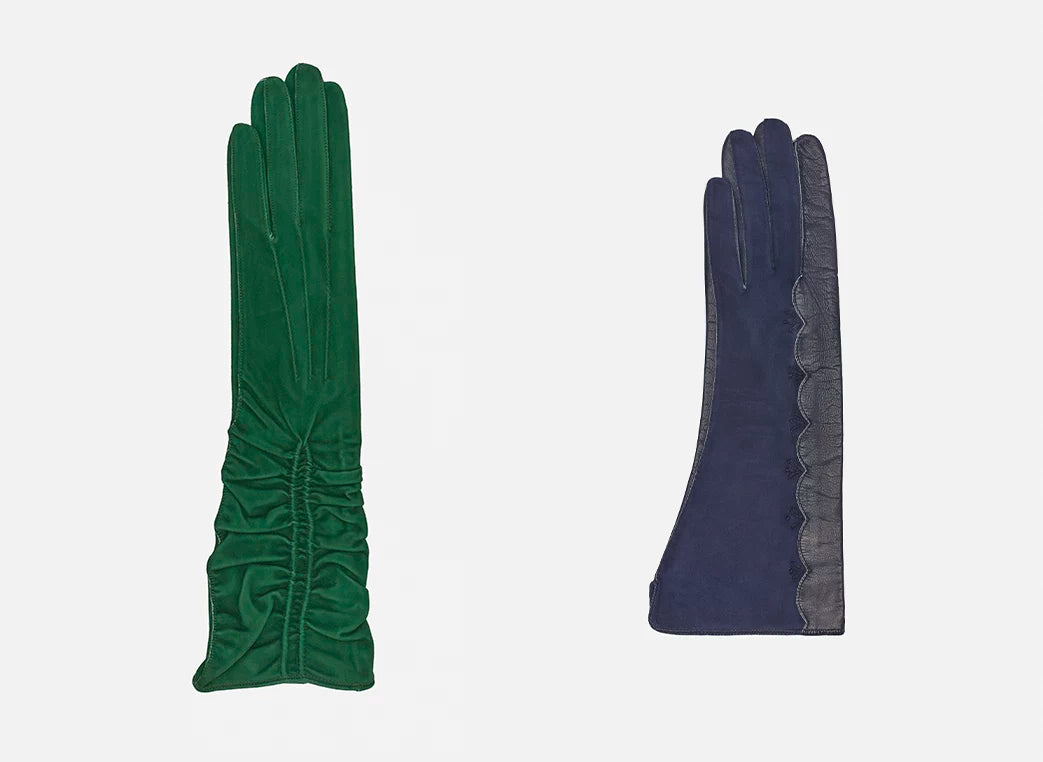In 1931, Randers Handskefabrik moved to better premises at Vestergrave 18, and the Vejrum family moved into an apartment in the front building. All their waking hours were reserved for work at the glove factory.
MANAGEMENT & OPERATOR
Manufacturer Vejrum focused on the management of the factory and left responsibility for daily production to the foreman, Jens Peter Ditlev, who was the guarantor of the continuation of the French glove making, which remained the factory's trademark, while his wife Linea learned needlework at a glove factory in Aarhus.

RESTRICTIONS & IMPORT
Vejrum was interested in expanding the factory's business area with the import of gloves, which was however limited by the import restrictions the Danish government introduced in 1932 to counteract unemployment. The restrictions concerned ready-made goods from abroad, whereas there was still permission to import goods that could not be manufactured in Denmark, including goat and lamb skins.
This allowed Randers Handskefabrik to take on the competition against major manufacturers of leather gloves in France and Italy. Although the restrictions affected Randers Handskefabrik's opportunities for imports, the factory benefited from the protection of its own production that the import restrictions entailed.
CRISIS TIMES & PRODUCTION
Despite the general crisis that raged in the 1930s, the period for Randers Handskefabrik was characterised by a large, stable production that made it possible to employ 10-15 skilled glove makers. The work of the glove maker consisted of processing the skin so that the desired glove size could be drawn into the skin and cutting the desired number of gloves out of each individual piece of leather. The punching out of the gloves was unskilled women's work whilst the actual sewing was done by seamstresses.

HAND DRAWN MODEL BOOKS
From the beginning of the 1930s until the end of 1990, each new glove has been meticulously sketched by hand and carefully described in model books that can still be found at the Gloves Factory today.

RHANDERS IN HISTORY
When Wall Street crashed in 1929, it was not immediately significant in Denmark, as the trade relations between the USA and Denmark were not of significant size. But when Germany and Great Britain felt the crisis, it also hit Denmark in its wake, and unemployment rose to 32% of workers in 1932.
Unemployment was high throughout the decade, but companies that, like Randers Handskefabrik, saw opportunities in importing raw materials and then overseeing the actual manufacture of the products were able to survive.







